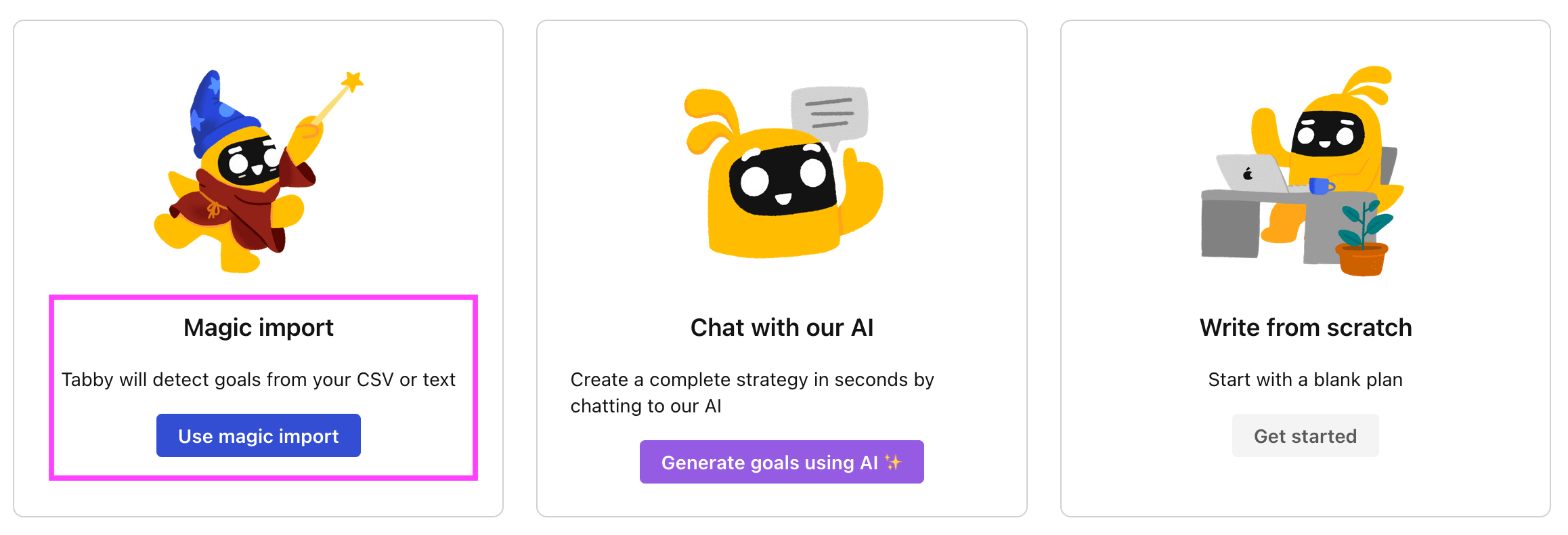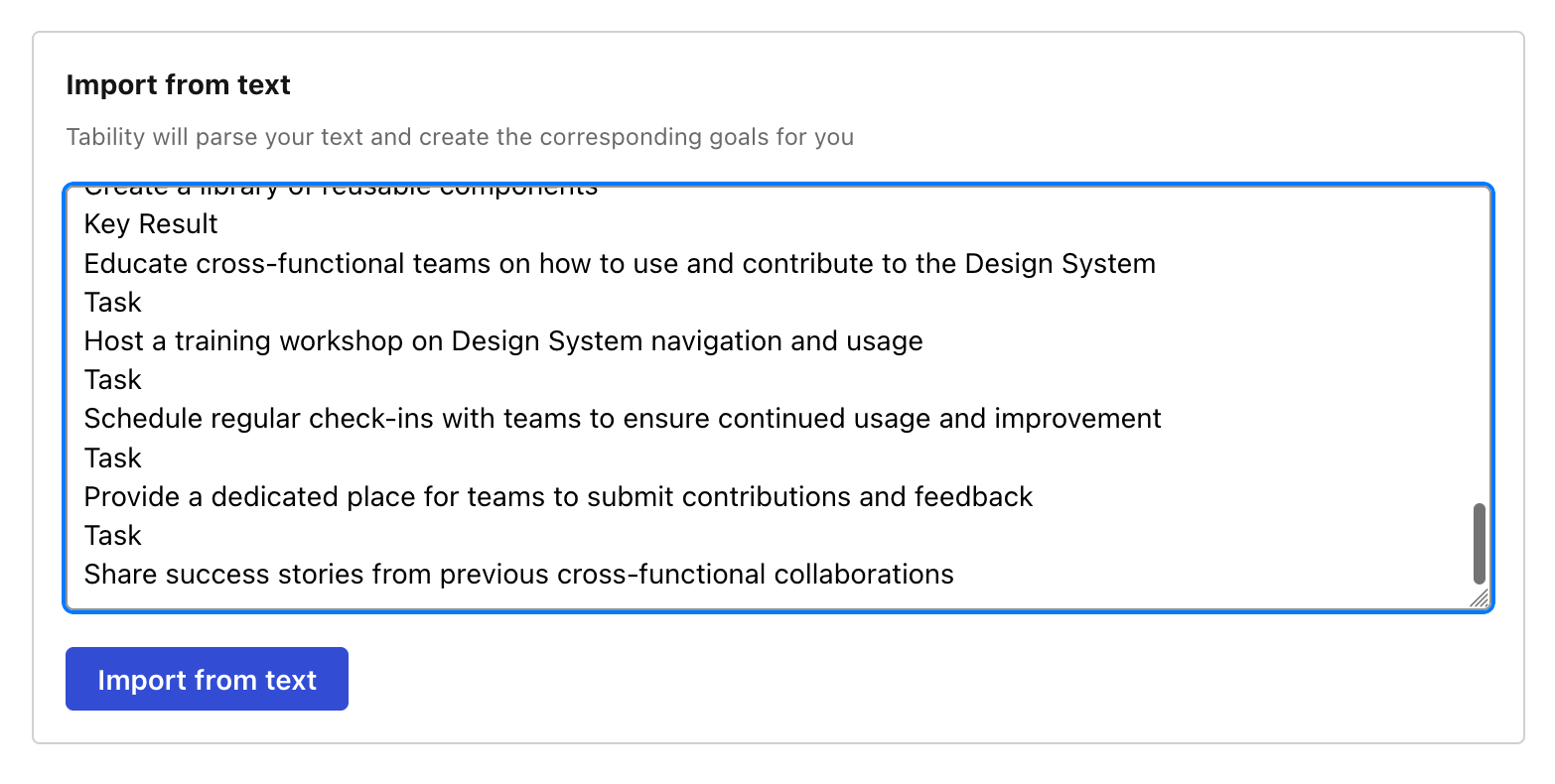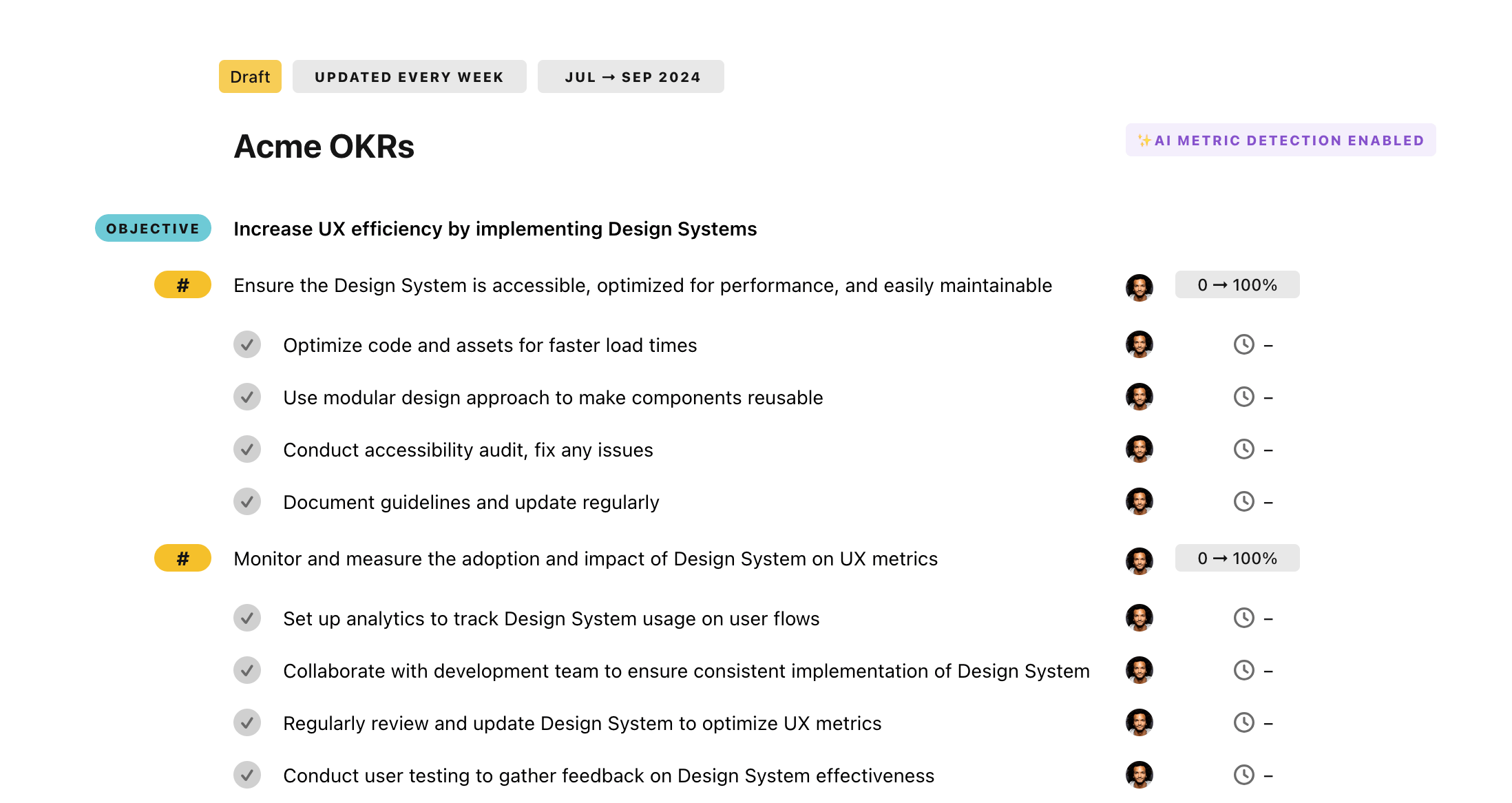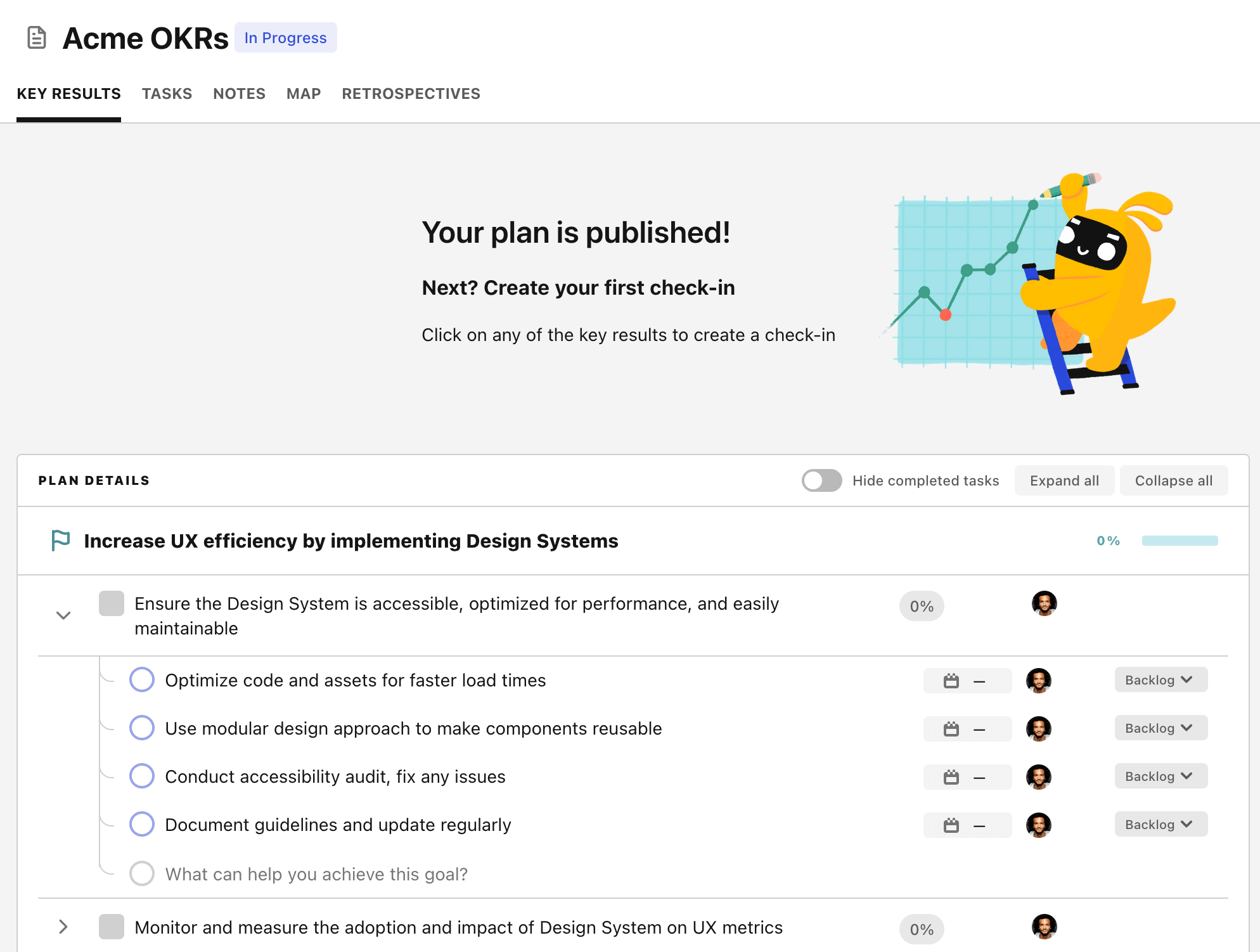OKR template to boost sustainable power for CRM machine uptime
Your OKR template
There is also a need to understand the current power usage of the CRM machine, hence the second objective. By the end of week 2, following comprehensive examination of recent power consumption data, an assessment of power usage is expected. This initiative involves data gathering, analysis, and report drafting.
The third objective involves a proactive approach towards sustainable power. By week 6, at least two energy-efficient upgrades should be implemented to CRM machines. This move isn't taken lightly, it involves identifying potential areas for upgrades, extensive research, and final selection of effective options.
Overall, this OKR is tightly focused on boosting power sustainability to enhance CRM machine uptime, placing emphasis on efficiency, reduction of outages, and proactivity in implementing energy-saving upgrades to achieve goals.
ObjectiveBoost sustainable power for CRM machine uptime
KRAchieve 10% reduction in CRM machine power-related outages by week 9
KREvaluate CRM machine's current power usage by end of week 2
Gather all recent power consumption data for the CRM machine
Review and analyze the collected data thoroughly
Draft a report based on the analysis by end of week 2
KRImplement at least 2 energy efficient upgrades by week 6
Implement chosen energy-efficient upgrades by week 6
Identify potential areas for energy-efficient upgrades
Research and select two effective upgrade options
How to edit and track OKRs with Tability
You'll probably want to edit the examples in this post, and Tability is the perfect tool for it.
Tability is an AI-powered platform that helps teams set better goals, monitor execution, and get help to achieve their objectives faster.
With Tability you can:
- Use AI to draft a complete set of OKRs in seconds
- Connect your OKRs and team goals to your project
- Automate reporting with integrations and built-in dashboard
Instead of having to copy the content of the OKR examples in a doc or spreadsheet, you can use Tability’s magic importer to start using any of the examples in this page.
The import process can be done in seconds, allowing you to edit OKRs directly in a platform that knows how to manage and track goals.
Step 1. Sign up for a free Tability account
Go tohttps://tability.app/signup and create your account (it's free!)
Step 2. Create a plan
Follow the steps after your onboarding to create your first plan, you should get to a page that looks like the picture below.

Step 3. Use the magic importer
Click on Use magic import to open up the Magic Import modal.
Now, go back to the OKR examples, and click on Copy on the example that you’d like to use.

Paste the content in the text import section. Don’t worry about the formatting, Tability’s AI will be able to parse it!

Now, just click on Import from text and let the magic happen.

Once your example is in the plan editor, you will be able to:
- Edit the objectives, key results, and tasks
- Click on the target 0 → 100% to set better target
- Use the tips and the AI to refine your goals
Step 4. Publish your plan
Once you’re done editing, you can publish your plan to switch to the goal-tracking mode.

From there you will have access to all the features that will help you and your team save hours with OKR reporting.
- 10+ built-in dashboards to visualise progress on your goals
- Weekly reminders, data connectors, and smart notifications
- 9 views to map OKRs to strategic projects
- Strategy map to align teams at scale